How to Start a Profitable Home Gardening Business with Grow Bags?
Dreaming of turning your green thumb into a source of income? The rise of local food movements and the ease of modern gardening techniques have created a fertile ground for home-based agricultural ventures. One particularly promising avenue is starting a profitable grow bags home gardening business. This guide will walk you through the essential steps, from initial planning to harvesting your first profits, all while leveraging the benefits of grow bags for a successful home gardening business.

Why Choose a Grow Bags Home Gardening Business?
Before diving into the “how,” let’s explore the “why.” Starting a grow bags home gardening business offers several compelling advantages over traditional in-ground gardening for commercial purposes:
Lower Startup Costs: Compared to purchasing land or constructing raised beds, grow bags are a relatively inexpensive investment. This makes it an accessible entry point for aspiring entrepreneurs looking to start a home gardening business with limited capital.
Space Efficiency: Grow bags can be placed virtually anywhere – patios, balconies, driveways, even small yards. This allows you to maximize production even in limited spaces, making a grow bags home gardening business ideal for urban and suburban environments.
Improved Soil Health Management: You have complete control over the soil mix in each grow bag, ensuring optimal conditions for your chosen crops. This eliminates the challenges of poor native soil and reduces the risk of soilborne diseases that can plague a home gardening business relying on in-ground planting.
Enhanced Drainage and Aeration: Grow bags naturally promote excellent drainage and airflow around the roots, leading to healthier, more vigorous plants and potentially higher yields – a key factor for a profitable home gardening business.
Mobility and Flexibility: Grow bags can be easily moved, allowing you to follow the sun, protect plants from harsh weather, or reconfigure your growing space as needed. This flexibility is a significant asset for a dynamic home gardening business.
Reduced Weed Pressure: Starting with fresh soil in grow bags minimizes the initial weed burden, saving you time and effort in maintaining your home gardening business.
Extended Growing Seasons: In some climates, grow bags can help extend the growing season by allowing you to start plants earlier indoors and protect them more easily from late frosts, leading to more harvests for your home gardening business.
Step-by-Step Guide to Launching Your Profitable Venture
Turning your passion for gardening into a profitable grow bags home gardening business requires careful planning and execution. Here’s a step-by-step guide to get you started:
1. Define Your Niche and Choose Your Crops
The first crucial step is to identify your target market and decide what you will grow in your grow bags home gardening business. Consider factors like:
Local Demand: Research what produce is in demand in your area. Visit local farmers’ markets, talk to restaurants, and see what’s missing or commands a good price.
Your Interests and Skills: Choose crops you enjoy growing and have some experience with. Passion and knowledge will contribute significantly to your success in this home gardening business venture.
Suitability for Grow Bags: Certain crops, like tomatoes, peppers, herbs, leafy greens, strawberries, and dwarf varieties of bush beans and cucumbers, thrive exceptionally well in grow bags, making them ideal for your grow bags home gardening business.
Profitability Potential: Research the market prices for different crops and consider those with higher profit margins for your home gardening business.
Seasonality: Plan for a succession of crops to ensure a continuous supply throughout the growing season, maximizing the profitability of your grow bags home gardening business.
2. Develop a Solid Business Plan

Even a small home gardening business benefits greatly from a well-thought-out business plan. This will serve as your roadmap and help you stay organized. Key elements of your plan should include:
Executive Summary: A brief overview of your grow bags home gardening business.
Market Analysis: Research on your target market, competition, and pricing strategies for your produce grown in grow bags.
Products and Services: Detailed information about the crops you will grow and any potential value-added products (e.g., jams, dried herbs) you might offer through your home gardening business.
Marketing and Sales Strategy: How will you reach your customers? Consider direct sales, farmers’ markets, CSAs (Community Supported Agriculture), local restaurants, and online platforms for your grow bags home gardening business.
Operations Plan: Details on your growing practices using grow bags, sourcing supplies, harvesting, and packaging for your home gardening business.
Financial Projections: Estimate your startup costs, operating expenses, and potential revenue to determine the profitability of your grow bags home gardening business.
3. Set Up Your Growing Space and Source Your Supplies
With your plan in place, it’s time to set up your grow bags home gardening business. This involves:
Choosing Your Location: Select a sunny location that receives at least 6-8 hours of direct sunlight daily. Ensure easy access to water for your grow bags.
Acquiring Grow Bags: Purchase high-quality grow bags of appropriate sizes for your chosen crops. Consider durability and material (fabric grow bags are generally preferred for their breathability). Look for suppliers that offer bulk discounts for your home gardening business.
Sourcing Growing Media: Invest in a high-quality potting mix or create your own blend suitable for your crops. Avoid using garden soil directly in grow bags as it can compact and impede drainage, which is crucial for a thriving grow bags home gardening business.
Establishing an Irrigation System: Determine the most efficient watering method for your grow bags. Options include manual watering, soaker hoses, or drip irrigation systems. Consider the scale of your home gardening business when making this decision.
Gathering Other Essential Supplies: This includes seeds or seedlings, organic fertilizers, pest and disease control solutions (preferably organic for a grow bags home gardening business focused on fresh, healthy produce), gardening tools, and harvesting equipment.
4. Master Your Grow Bag Gardening Techniques
Success in your grow bags home gardening business hinges on your ability to cultivate healthy and productive plants. This requires understanding key grow bag gardening techniques:
Proper Filling: Fill your grow bags loosely, leaving some space at the top for watering.
Watering Wisely: Monitor moisture levels regularly. Grow bags tend to dry out faster than in-ground gardens, so more frequent watering may be necessary, especially during hot weather. Water deeply and thoroughly.
Nutrient Management: Because nutrients can leach out of grow bags over time, regular fertilization is crucial. Use a balanced organic fertilizer appropriate for your crops. Consider liquid feeding for faster nutrient uptake in your home gardening business.
Pest and Disease Control: Regularly inspect your plants for signs of pests or diseases. Implement organic pest control methods such as introducing beneficial insects, using insecticidal soap, or hand-picking pests to maintain the health of your grow bags home gardening business.
Support Systems: Provide support for vining or heavy crops like tomatoes and cucumbers using stakes, trellises, or cages placed directly in the grow bags.
👇 Explore more gardening tips in this post
5. Develop a Strong Marketing and Sales Strategy
Growing high-quality produce is only half the battle. To run a profitable grow bags home gardening business, you need to effectively market and sell your harvest:
Direct Sales: Consider selling directly to consumers through a roadside stand, a dedicated space on your property, or by offering home delivery. Highlight the freshness and quality of your grow bag-grown produce.
Farmers’ Markets: Participating in local farmers’ markets provides an excellent opportunity to connect with customers, build relationships, and sell your grow bags home gardening business produce.
Community Supported Agriculture (CSA): Offer weekly or bi-weekly shares of your harvest to subscribers. This provides a consistent income stream for your grow bags home gardening business.
Local Restaurants and Chefs: Reach out to local restaurants that prioritize fresh, locally sourced ingredients. Your grow bag-grown produce can be a valuable asset for their menus.
Online Presence: Create a website or social media pages to showcase your grow bags home gardening business, your growing practices, and your available produce. Consider online ordering and local delivery options.
Highlight Your Unique Selling Proposition (USP): Emphasize the benefits of your grow bag-grown produce, such as its freshness, organic practices (if applicable), unique varieties, and local origin.
6. Manage Your Finances and Track Your Progress
To ensure the long-term profitability of your grow bags home gardening business, meticulous financial management is essential:
Track All Income and Expenses: Keep detailed records of all your revenue and costs, including supplies, seeds, fertilizers, marketing materials, and any other business-related expenses.
Price Your Products Strategically: Research market prices and factor in your production costs and desired profit margin when pricing your grow bag-grown produce.
Reinvest in Your Business: Allocate a portion of your profits back into your grow bags home gardening business for improvements, expansion, or new equipment.
Analyze Your Performance: Regularly review your financial records and track your yields for different crops to identify areas for improvement and optimize the profitability of your grow bags home gardening business.
7. Stay Informed and Adapt
The world of gardening and small business is constantly evolving. To maintain a profitable grow bags home gardening business, commit to continuous learning:
Read Gardening Blogs and Books: Stay updated on the latest techniques and best practices for growing in grow bags.
Network with Other Growers: Connect with other home gardeners and small-scale farmers to share knowledge and experiences.
Attend Workshops and Seminars: Invest in your education to improve your gardening skills and business acumen.
Be Flexible and Adaptable: Be prepared to adjust your crop choices, growing methods, or marketing strategies based on your experiences and market feedback to ensure the continued success of your grow bags home gardening business.
Grow Bag
Conclusion: Cultivating Success with Grow Bags
Starting a profitable grow bags home gardening business is a rewarding endeavor that combines your passion for gardening with entrepreneurial spirit. By leveraging the advantages of grow bags, developing a solid business plan, mastering essential gardening techniques, and implementing a strong marketing strategy, you can cultivate a thriving and profitable home-based business. Embrace the journey, learn from your experiences, and enjoy the fruits (and vegetables!) of your labor as you build your successful grow bags home gardening business.

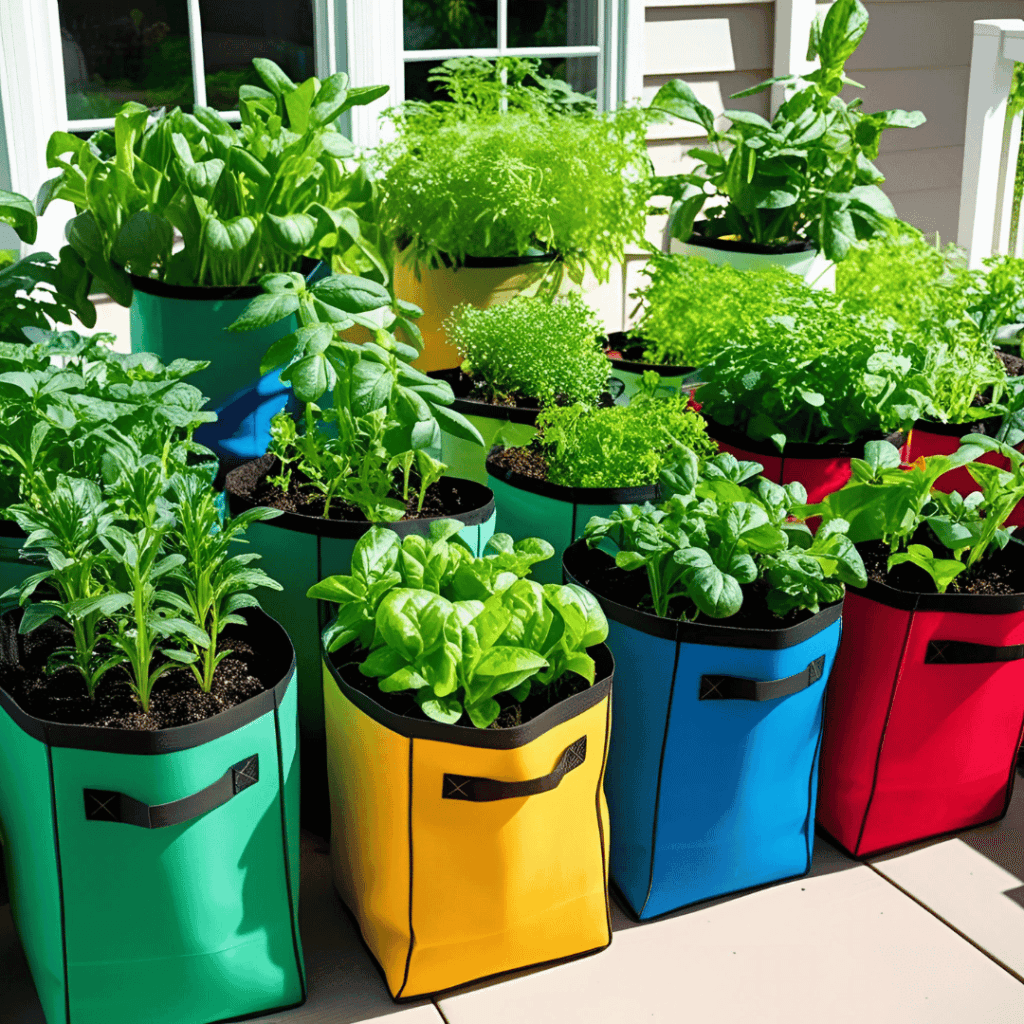

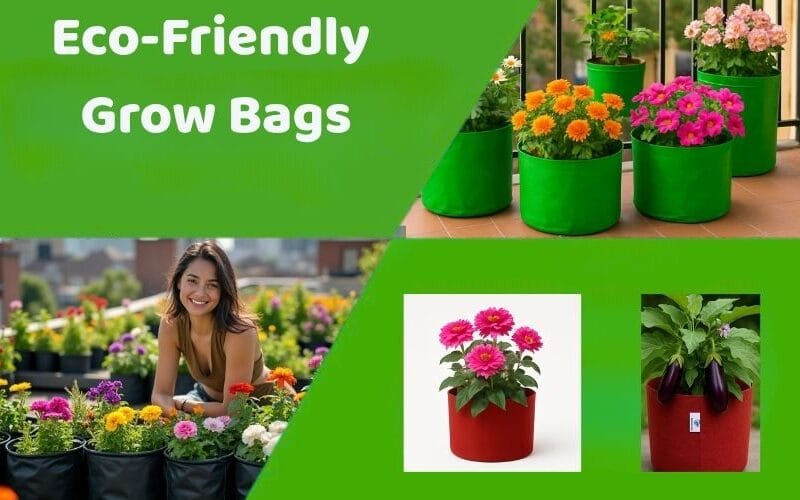

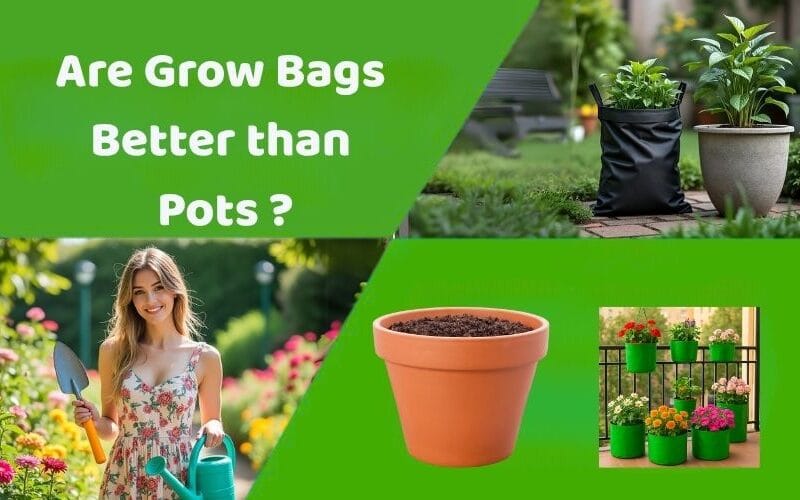
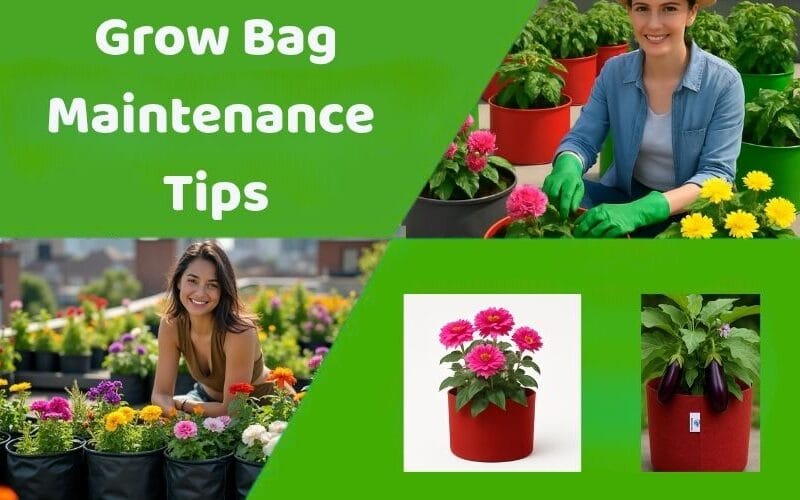



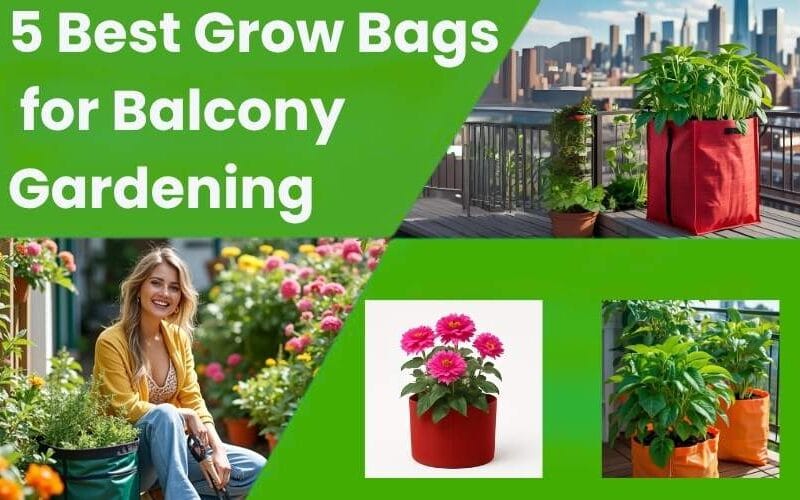

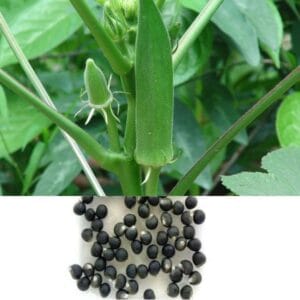







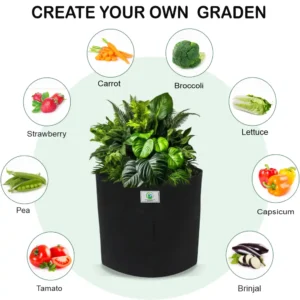

Reviews
There are no reviews yet.